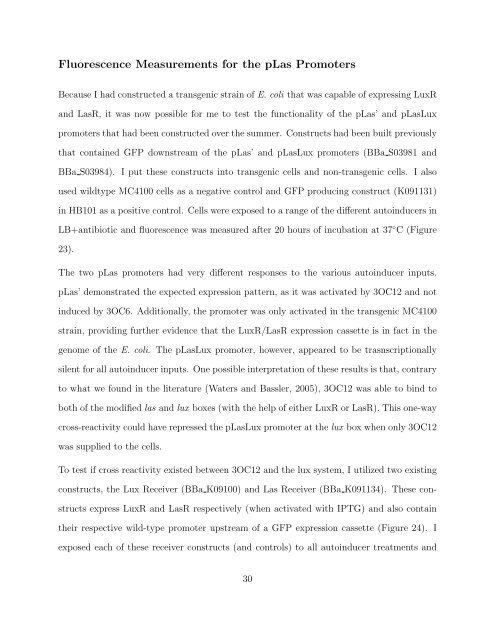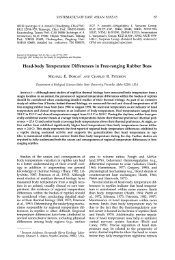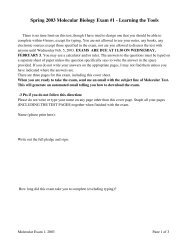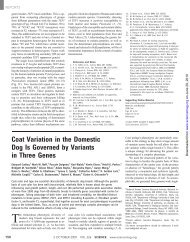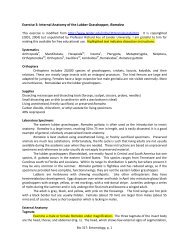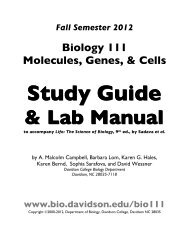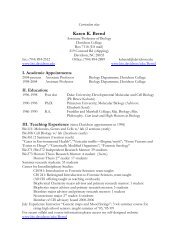Davidson College Department of Biology Honors Thesis Title ...
Davidson College Department of Biology Honors Thesis Title ...
Davidson College Department of Biology Honors Thesis Title ...
You also want an ePaper? Increase the reach of your titles
YUMPU automatically turns print PDFs into web optimized ePapers that Google loves.
Fluorescence Measurements for the pLas Promoters<br />
Because I had constructed a transgenic strain <strong>of</strong> E. coli that was capable <strong>of</strong> expressing LuxR<br />
and LasR, it was now possible for me to test the functionality <strong>of</strong> the pLas’ and pLasLux<br />
promoters that had been constructed over the summer. Constructs had been built previously<br />
that contained GFP downstream <strong>of</strong> the pLas’ and pLasLux promoters (BBa S03981 and<br />
BBa S03984). I put these constructs into transgenic cells and non-transgenic cells. I also<br />
used wildtype MC4100 cells as a negative control and GFP producing construct (K091131)<br />
in HB101 as a positive control. Cells were exposed to a range <strong>of</strong> the different autoinducers in<br />
LB+antibiotic and fluorescence was measured after 20 hours <strong>of</strong> incubation at 37 ◦ C (Figure<br />
23).<br />
The two pLas promoters had very different responses to the various autoinducer inputs.<br />
pLas’ demonstrated the expected expression pattern, as it was activated by 3OC12 and not<br />
induced by 3OC6. Additionally, the promoter was only activated in the transgenic MC4100<br />
strain, providing further evidence that the LuxR/LasR expression cassette is in fact in the<br />
genome <strong>of</strong> the E. coli. The pLasLux promoter, however, appeared to be trasnscriptionally<br />
silent for all autoinducer inputs. One possible interpretation <strong>of</strong> these results is that, contrary<br />
to what we found in the literature (Waters and Bassler, 2005), 3OC12 was able to bind to<br />
both <strong>of</strong> the modified las and lux boxes (with the help <strong>of</strong> either LuxR or LasR). This one-way<br />
cross-reactivity could have repressed the pLasLux promoter at the lux box when only 3OC12<br />
was supplied to the cells.<br />
To test if cross reactivity existed between 3OC12 and the lux system, I utilized two existing<br />
constructs, the Lux Receiver (BBa K09100) and Las Receiver (BBa K091134). These con-<br />
structs express LuxR and LasR respectively (when activated with IPTG) and also contain<br />
their respective wild-type promoter upstream <strong>of</strong> a GFP expression cassette (Figure 24). I<br />
exposed each <strong>of</strong> these receiver constructs (and controls) to all autoinducer treatments and<br />
30


